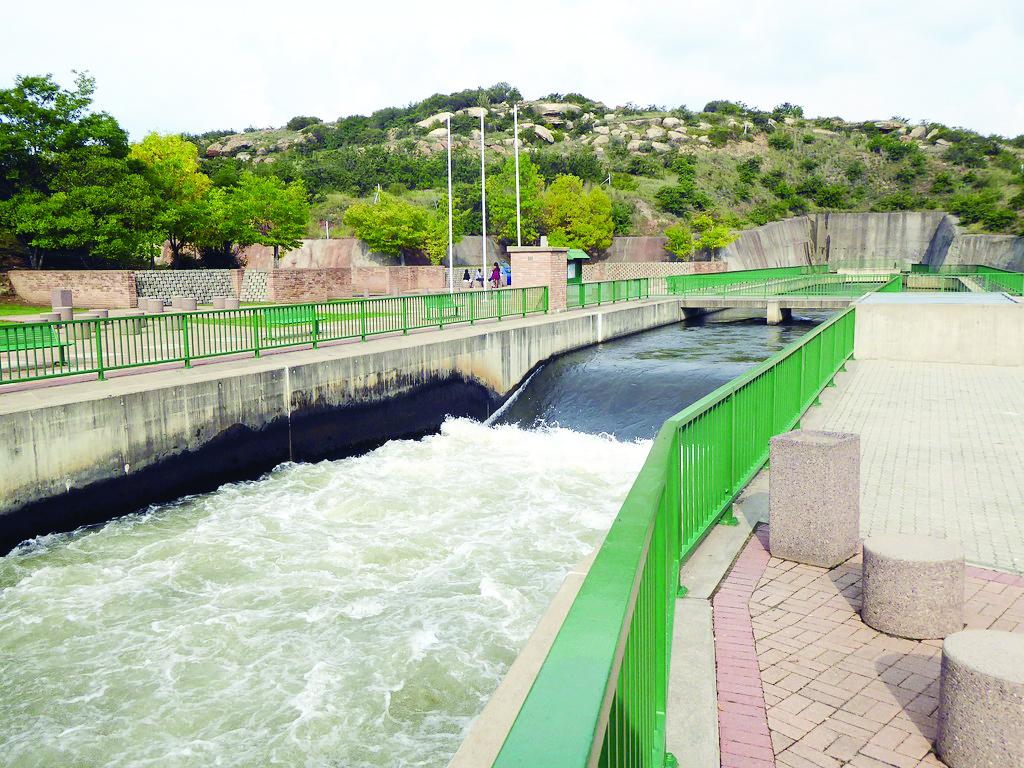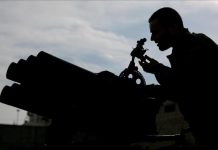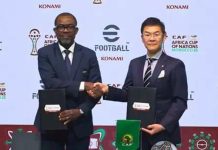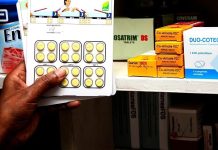Africa-Press – Lesotho. The Orange-Senqu River basin water does not belong to Lesotho and as such, Lesotho cannot sell the water to South Africa, according to former Deputy Prime Minister Monyane Moleleki, who was also minister of water for many years.
The total Orange-Senqu River basin extends over four countries, Lesotho (where the main river is known as Senqu), South Africa, Botswana and Namibia and covers an area of 1 000 000 km². About 64.2 percent (642 000 km²) of the basin falls within South Africa, 24.5 percent (245 000 km²) in Namibia, 7.9 percent (79 000 km²) in Botswana and 3.4 percent (34 000 km²) in Lesotho, according to the Orange-Senqu River Commission ((ORASECOM).
In an exclusive interview, Moleleki told Public Eye on Tuesday that the narrative that Lesotho sells water to South Africa was peddled by ignorant people who did not know that Lesotho does not own the water and therefore, cannot sell what it does not own.
He said according to riparian law, all countries across which, or along which, a river flows, have equal right to use the water from that river. “Lesotho, South Africa, Botswana and Namibia have equal legal right to use the Senqu River water,” he said. He indicated that each country that a river runs through has to recognise the right of all riparian nations to use the water and said the nations upstream have the obligation to manage their uses so as not to interfere unreasonably with like uses in other nations downstream.
“Lesotho as the upper-riparian country can use the water but in a manner that does not affect its quality. We cannot just wake up and decide to build a big wall to block the water from flowing to South Africa,” he said. Even if Lesotho was to build such a big wall and trap the Senqu River water, he added, “our land would eventually be inundated and we would drown and die”.
He said Lesotho was not getting a raw deal from the Lesotho Highlands Water Project (LHWP) as many have been made to believe and indicated that it was unnecessary to review the 1986 treaty on the project in its entirety.
Moleleki has served the longest time as minister of natural resources in Lesotho post the 1993 elections – the first full and free elections to be held in 23 years which marked the return to civilian rule. The last parliamentary elections had been held in 1970 but had been annulled by the then Prime Minister Chief Leabua Jonathan when from early results it became apparent that the Basutoland Congress Party (BCP) was going to beat his ruling Basotho National Party (BNP).
Jonathan dissolved Parliament and in 1973 appointed an interim National Assembly which was dissolved in 1986 following a military coup.
In 1986, the same year Jonathan’s government was overthrown by the military leadership, the LHWP treaty was signed between Lesotho, led by a military junta, and the apartheid government of South Africa. In this way, the LHWP was founded upon an agreement between two undemocratic states, and these circumstances, many observers have said, led to Lesotho getting a raw deal when it signed the treaty.
Moleleki, however, denied this, in the exclusive interview with Public Eye on Tuesday. He said people who were pushing the narrative that Lesotho got a raw deal wanted to derive impossible concessions from the project. “I worked with that treaty for a long time and it is one of the fairly good agreements we have. It is unnecessary to review it in its entirety and I will not be part of such a review,” he said.
Public Eye
reported last Friday that the South African parliament’s portfolio committee on human settlement, water and sanitation which was in the country earlier this month and Lesotho’s natural resources cluster want the treaty to be reviewed in its entirety. Moleleki said there was an established view that Lesotho sells water to South Africa and indicated that this was a misinformed opinion.
“I should stress that the water does not belong to Lesotho alone and like I said earlier the equitable use of the Senqu River water means that we cannot block the river and then after that tell the lower riparian nations that we will only release the water if they give us money. It is not our water,” he said. He further said the water from Lesotho inexorably flows to South Africa and that country could have built the dams in Eastern Cape and Lesotho would not benefit anything.
“However, it was going to be expensive for South Africa to build the dams in Eastern Cape and pump the water up to Gauteng. They approached us because it was going to be cheaper to channel the water from Lesotho to Gauteng. This means we are not selling water; we have just allowed South Africa to use our slope to redirect the water to Gauteng,” Moleleki said.
When South Africa approached Lesotho, he further explained, the two countries agreed to share the cost savings – the money saved from changing the location of the dams from South Africa to Lesotho.
He said cost saving was the difference between what South Africa could be spending to get water from Eastern Cape and what it is actually spending by redirecting water from Lesotho. “Lesotho gets the benefit of allowing South Africa to draw water from here at a lower cost, if we do not want it to draw water from here it can go and build a dam in Eastern Cape and we will not benefit but the water will keep flowing to South Africa, anyway” he said. He added that 1986 treaty states that would get 56 percent of the cost savings while South Africa would get the remaining 44.
“Maybe those who want to review the treaty want Lesotho to get 100 percent of the cost savings,” he said. The treaty states that: “Consequent upon the implementation of Sub-phase IA of the Project and in accordance with the provisions of this Article, South Africa undertakes to share with Lesotho, by way of royalty payments, on the basis of fifty-six per cent on the part of Lesotho and forty-four per cent on the part of South Africa…”
Through the Lesotho Highlands Water Project (LHWP), Lesotho transfers water from the highlands to the industrial centre of South Africa, Gauteng via the Vaal River System. LHWP is a multibillion-dollar, multi-dam water project developed in partnership between the governments of Lesotho and South Africa, and signed into life in 1986. It is considered Africa’s largest water transfer scheme.
At inception, the highlands water project was designed to include five phases implemented over a period of 30 years and expected to transfer about 70 cubic meters (70,000 litres) per second of water to South Africa.
Phase I, already completed in 2003 and inaugurated in 2004, was split into Phases 1A and 1B – construction of Katse Dam and Mohale Dam respectively. Phase 1A was completed in 1998. It consisted mainly of the construction of the Katse Dam on the Malibamatšo River. A 45 Kilometre transfer tunnel was built from the Katse Dam to the ‘Muela Reservoir.
The ‘Muela Reservoir is considered to be the tail pond, which supplies hydro-electric power for Lesotho. Stemming from the ‘Muela Reservoir is a 37 Kilometre delivery tunnel to the outfall at the Ash River in the Free State from where water flows to the Vaal Dam. Phase 1B was completed in 2002. It consisted mainly of the construction of the Mohale Dam, a large rockfill dam, located on the Senqunyane River and a 32 kilometer transfer tunnel between the Mohale Dam and the Katse Dam.
It also consisted of the construction of the Matsoku Diversion Weir and a 5.7 kilometer tunnel from the Matsoku Diversion Weir to the Katse Dam. The system is interconnected in such a way that water may be transferred in either direction for storage in Mohale dam or ultimate transfer to South Africa through the Katse reservoir. Katse dam is the transfer reservoir for the whole LHWP.
Moleleki said when Phase I was completed, the ancillary developments worth about M2 billion were handed over to the government of Lesotho. The water from the Lesotho is used in six provinces of South Africa, according to the Lesotho Highlands Development Authority (LHDA). It cools the Eskom power stations in Mpumalanga, keeps Sasol and the Free State gold mines operational and supplies the vast industries and sprawling urban areas of Gauteng.
It also provides life to some of the southern towns of Limpopo and the platinum mines of North West, as well as the diamond mines and people of Kimberley and surrounding areas. Under drought conditions, emergency water can, and has been transferred to the Caledon River and to the Eastern Cape and southern Free State through the BloemWater network.






